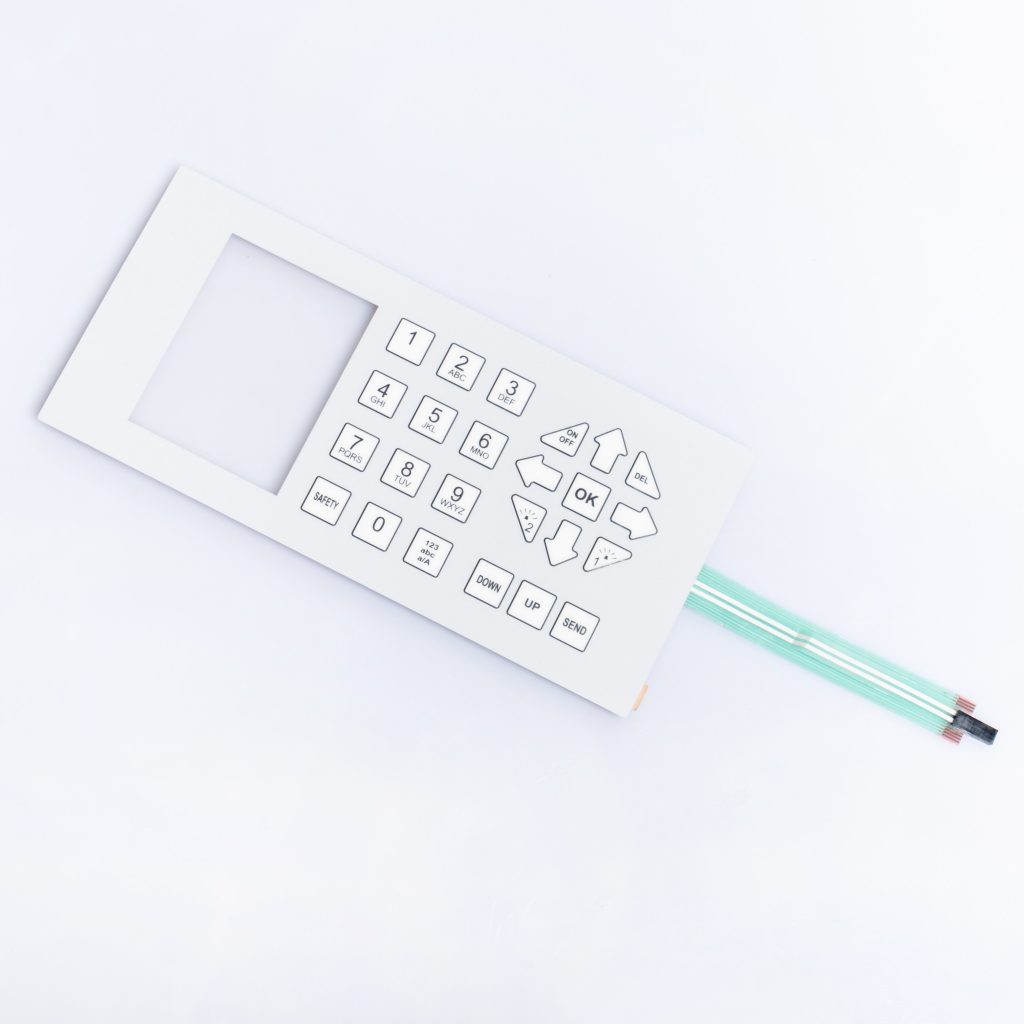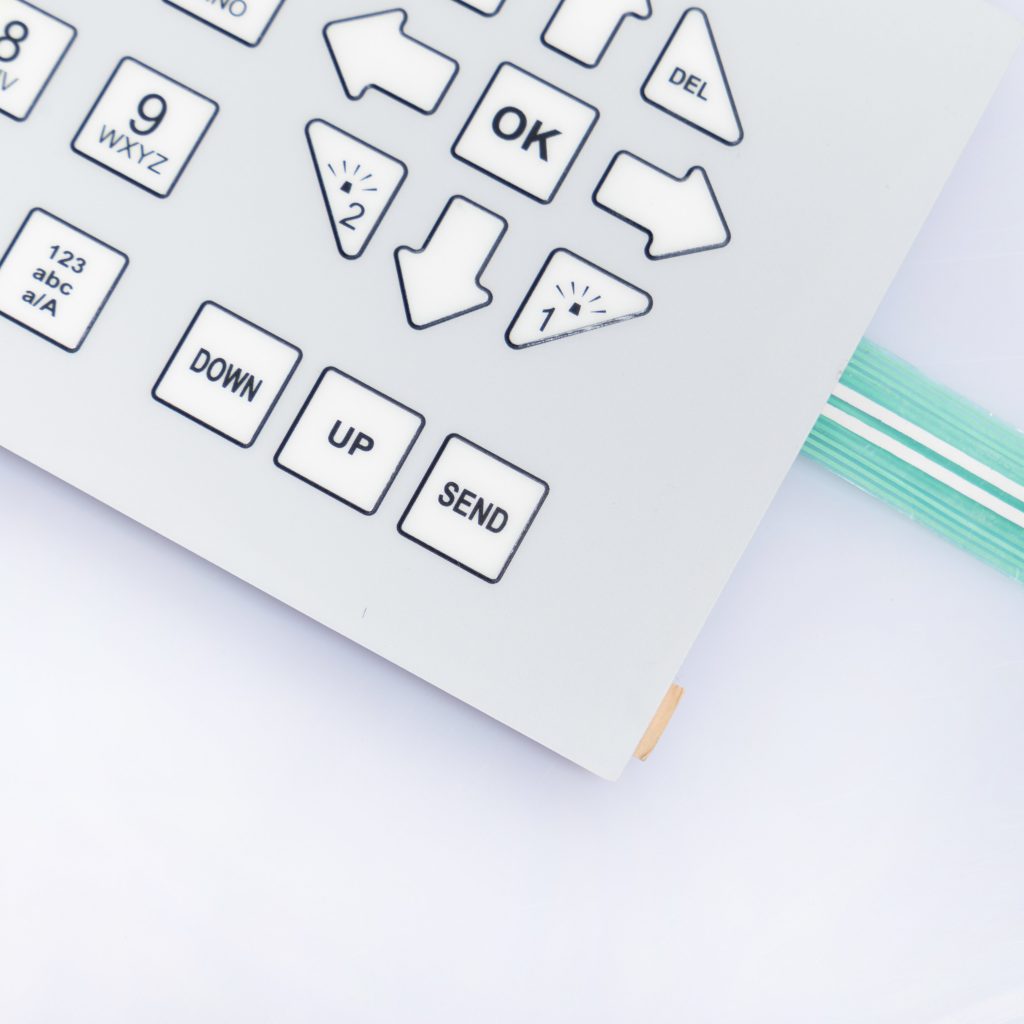Contact
Write to Us And We Would Be Happy to Advise You.
Do you have any questions, or would you like to speak directly with a representative?
By hqt
In today’s tech-savvy world, we often encounter electronic devices that use membrane switches. These switches are an integral part of various gadgets, from microwave ovens to remote controls. But have you ever wondered how they work? In this article, we’ll delve deep into the concept of membrane switch actuation points, exploring their significance, operation, and applications.



Before we dive into actuation points, let’s grasp the basics of membrane switches. A membrane switch is a flexible, low-profile, and cost-effective electrical switch used to perform various functions. It consists of several layers, including a flexible membrane, conductive traces, and a graphic overlay with printed icons or labels.
To better understand membrane switch actuation points, let’s break down the layers of a typical membrane switch:
Now that we have a clear picture of membrane switches let’s focus on the actuation point—the pivotal aspect of these switches.
An actuation point refers to the specific spot on a membrane switch where pressure or touch triggers a change in electrical conductivity. In simple terms, it’s the point at which the switch registers and responds to your touch. Understanding the actuation point is crucial for ensuring precise and reliable device operation.
When you press a membrane switch, the upper circuit layer and the lower circuit layer come into contact at the actuation point. This contact creates a closed electrical circuit, allowing the device to register your input.
Once the circuit is closed, an electrical signal is transmitted to the device’s control unit. The control unit processes this signal and carries out the corresponding function, such as turning on a light or changing the channel on your TV.
Actuation points play a pivotal role in the functionality of membrane switches, and their significance can’t be overstated. Here are some key points to consider:
Membrane switches are known for their precision and responsiveness. The well-defined actuation point ensures that the switch reacts accurately to user input, reducing the likelihood of accidental presses.
Actuation points are designed to withstand thousands of presses, making membrane switches highly durable. This durability is essential, especially in devices that undergo frequent use, like remote controls and industrial equipment.
Manufacturers can customize the actuation point’s sensitivity to meet specific requirements. This allows for a tailored user experience and ensures that the switch responds precisely to the desired level of pressure.
Membrane switches find applications in various industries due to their versatility and reliability. Actuation points are crucial in these applications:
In remote controls, keypads, and touchpads, actuation points ensure seamless user interactions.
In medical equipment, such as patient monitors and infusion pumps, precise actuation points are vital for accurate data input and control.
Actuation points are integral in industrial control panels, where they facilitate efficient machinery operation and control.
Membrane switch actuation points are the unsung heroes behind the functionality of numerous electronic devices. Their precision, durability, and customization options make them invaluable in today’s tech-driven world. So, the next time you use your TV remote or microwave, remember that the seamless operation is made possible by these tiny, yet crucial, actuation points.
What materials are commonly used in membrane switch construction?
Can the actuation point be adjusted in membrane switches?
Are membrane switches waterproof?
Do membrane switches have a limited lifespan?
What industries benefit most from membrane switches?
Do you have any questions, or would you like to speak directly with a representative?